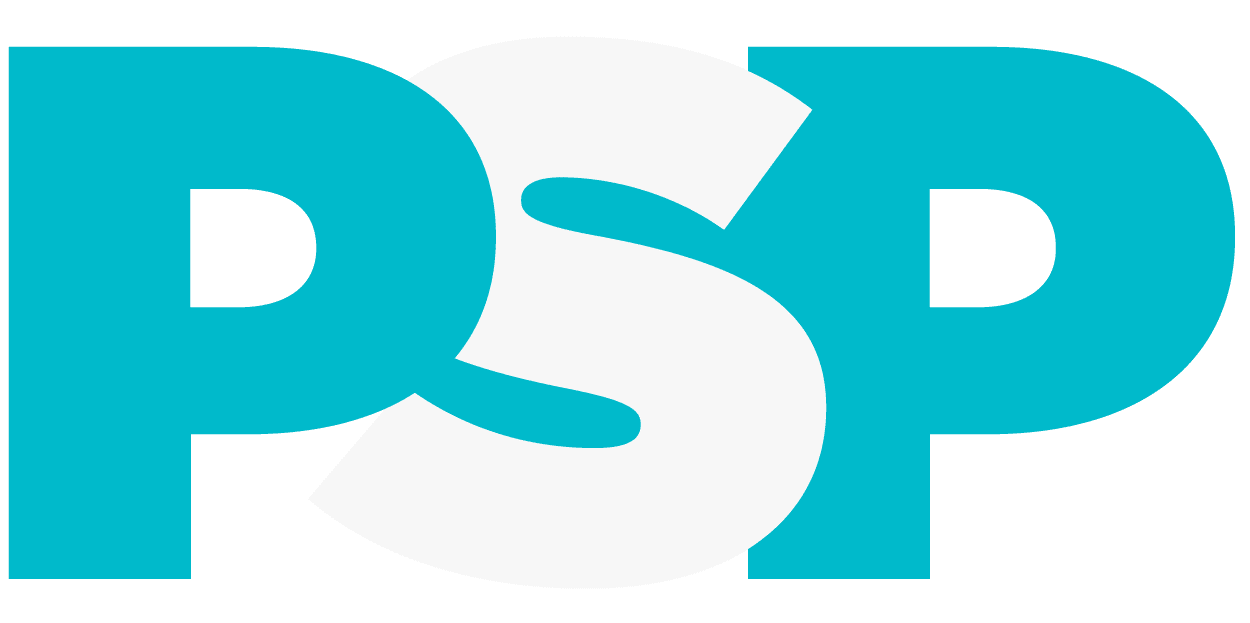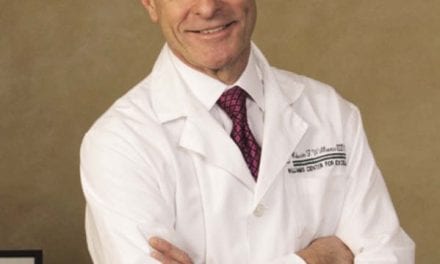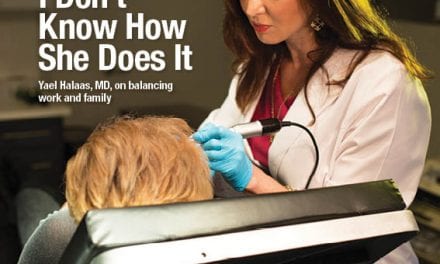Dr Anil Shah discusses how his book Nosecentric helps both patients and surgeons improve communication, set realistic goals, and reduce the risk of revision rhinoplasty.
Revision rhinoplasty rates are rising, yet many of these cases could be avoided with better patient education and clearer communication from surgeons. In Nosecentric, Chicago-based facial plastic surgeon Anil R. Shah, MD, FACS, aims to close that gap with a practical, patient-facing guide designed to help individuals choose the right surgeon and manage their expectations. While written for patients, the book also offers valuable lessons for younger surgeons navigating the challenges of building a rhinoplasty practice. In this interview, Shah shares insights on patient education, managing revision risk, and why honest, collaborative consultations are key to long-term success.
Plastic Surgery Practice: Your book Nosecentric presents rhinoplasty as a deeply individualized procedure. What prompted you to write a patient-facing guide, and how do you see it being useful to younger surgeons as well?
Anil R. Shah, MD, FACS: I’ve seen so many revision cases where, had the patient asked just a few key questions during their initial consultation, they likely would’ve chosen a different surgeon—or avoided surgery altogether. The goal of Nosecentric is to educate patients, to give them the tools to identify a qualified rhinoplasty surgeon who aligns with their aesthetic goals. This book isn’t about generating more patients for me; it’s about helping patients find the right surgeon for them.
For younger surgeons, the takeaway is about honesty. Being clear about their own abilities and understanding which patients they can genuinely help. There’s often a hunger for more cases early on, but it’s critical to select patients whose goals you can realistically achieve. Clear communication and self-awareness are key.
PSP: AAFPRS data shows an increase in revision rhinoplasty. What are the most common reasons for revisions, and how can surgeons better manage expectations during primary procedures?
Shah: There are many reasons revision cases happen, but the most common is simply that the original surgery was done by someone who was not fully qualified. Rhinoplasty is one of the most complex procedures in plastic surgery, and even in expert hands, revisions can be necessary. But the success rate improves dramatically when the primary surgeon is experienced and skilled.
Another issue is miscommunication. Many patients I see for revision were never shown any imaging or visuals before surgery—their surgeon just assumed what they’d want. Digital imaging is a powerful tool to align expectations and make sure both surgeon and patient are on the same page aesthetically.
PSP: You emphasize that a nose should complement the entire face, rather than follow fleeting trends. How do you guide patients toward that understanding—especially in a social media-driven world?
Shah: Social media is a double-edged sword. On one hand, it can help patients identify aesthetic preferences and research potential surgeons. In Nosecentric, I outline how to critically evaluate a surgeon’s social media—if all you see are intraoperative shots and filtered selfies, that’s a red flag. But if you see detailed content, including videos, different healing stages, and a wide variety of noses, you might have found a surgeon worth consulting.
The downside is the unrealistic expectations social media can create. Some patients think a nonsurgical rhinoplasty will make their nose smaller, or that they’ll look perfect a week after revision surgery. Others come in wanting to look like someone else entirely. In consultations, I focus on their unique strengths and help them visualize an enhanced version of themselves, not a copy of someone else.
PSP: The book introduces tools and metrics for patients to assess their own noses. Is this empowering, or can it complicate consultations with self-diagnoses?
Shah: I’m a strong believer in patient empowerment. The more patients understand their nose, like its structure and limitations, the better they can evaluate whether a surgeon is truly equipped to help them. For instance, if a patient mentions nostril retraction, and the surgeon has no idea how to treat it, that’s a sign. A qualified surgeon should be able to explain their approach, showcase examples, and walk the patient through their plan.
I even share surgical videos during consultations to explain my thought process. If a patient connects with my rationale, it’s usually a great match. If not, that’s okay. My goal is for them to find someone whose philosophy aligns with theirs.
PSP: You also address the relationship between nasal function and appearance. How often is breathing part of the conversation, even when patients come in focused on aesthetics?
Shah: All the time. If a surgeon doesn’t even examine your nasal airway with a speculum, as I mention in the book, you might have better odds playing the lottery than getting a successful outcome.
Many patients don’t realize their breathing isn’t optimal until we start discussing it. The benefits of good nasal airflow are huge—humidification, better oxygen exchange, less snoring, more nitric oxide production. There’s a reason the book is called Nosecentric. In Ayurvedic medicine, breath is life—and good breath begins with a functional nose.
PSP: You mention that achieving true facial harmony sometimes involves adjunctive procedures like chin augmentation or fillers. How do you introduce those ideas to patients focused solely on their nose?
Shah: I approach it gently and without judgment. When someone comes in wanting to change a facial feature, they’re often feeling vulnerable. Rather than overwhelming them, I let them interact with their images during the consultation. When patients can visualize potential changes themselves, they often start pointing out areas they’d like to adjust. It becomes a collaborative process, and that makes all the difference.
PSP: What’s one principle from Nosecentric you believe should be emphasized more in rhinoplasty training—especially given today’s high demand and revision rates?
Shah: Listen to your patients. There’s a major disconnect between what surgeons are taught and what patients actually want. I’ve seen so many cases where surgeons insist on projecting or widening the nose in the name of “natural aesthetics,” even when that’s the opposite of what the patient desires.
The truth is, most patients want smaller, more refined noses. And that’s not just anecdotal—it’s supported by algorithmic data on the most-followed faces across social platforms. As surgeons, we have to evolve. It’s not about imposing our preferences, but helping patients achieve their vision of beauty—safely, ethically, and artfully. PSP
Photo: ID 126516725 © motortion | Dreamstime.com





